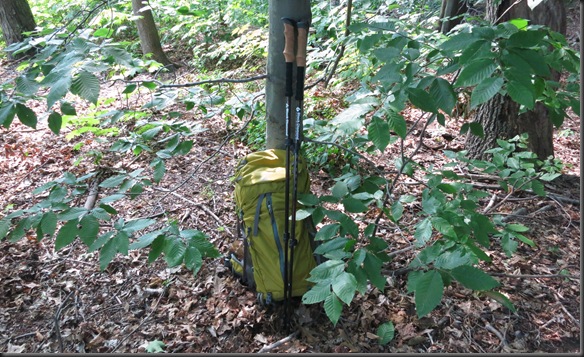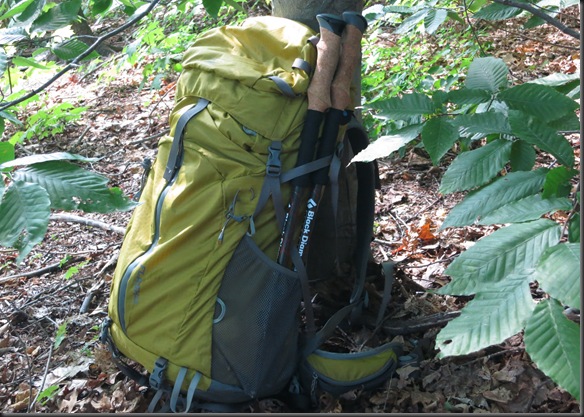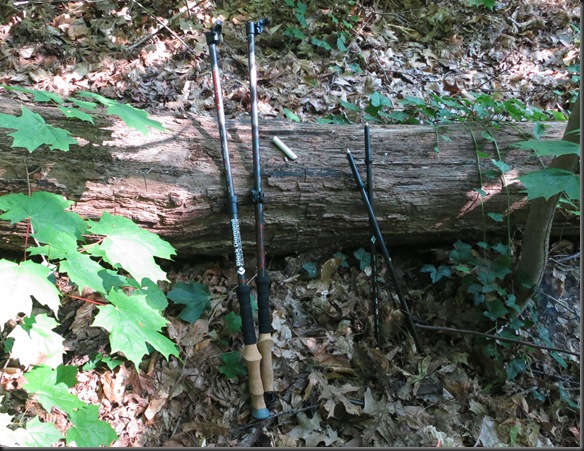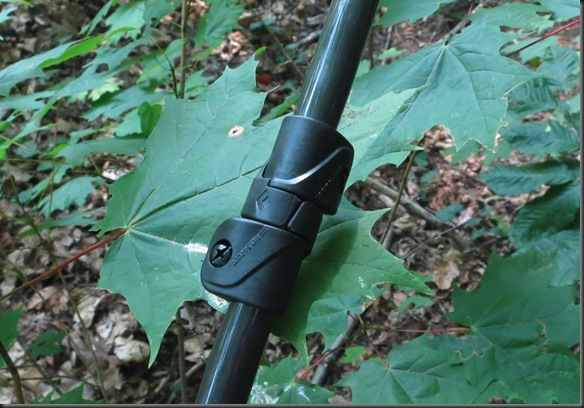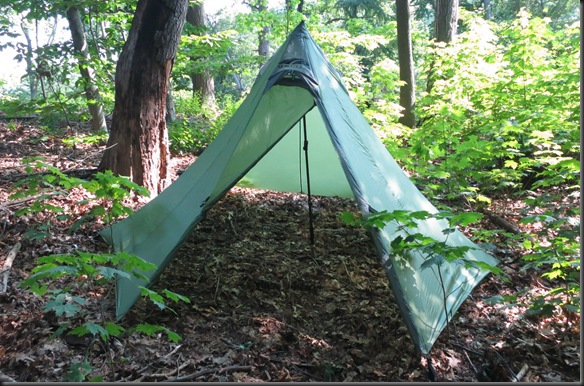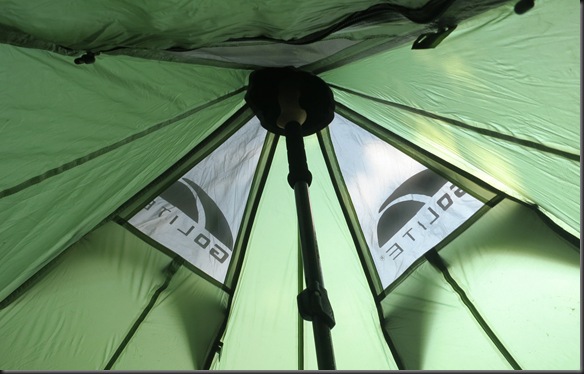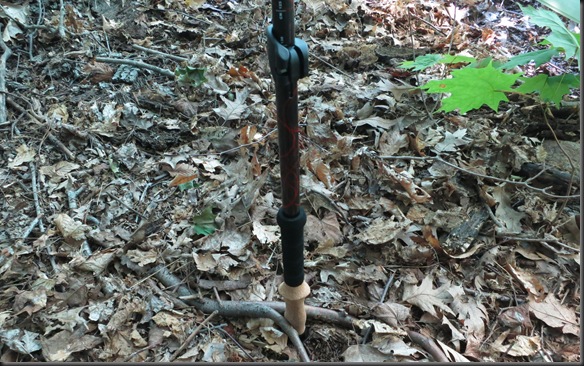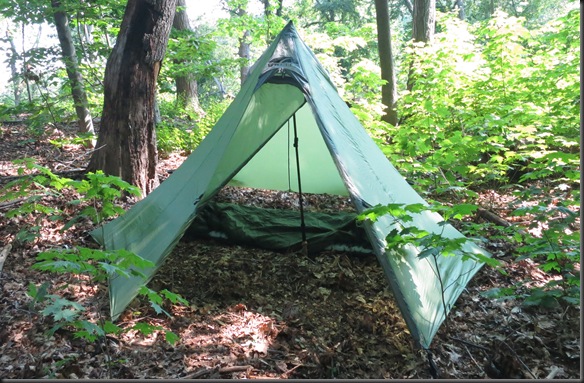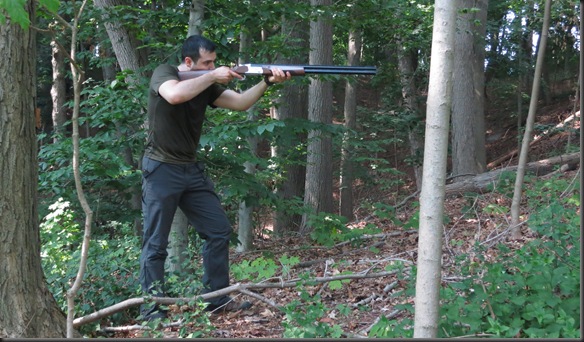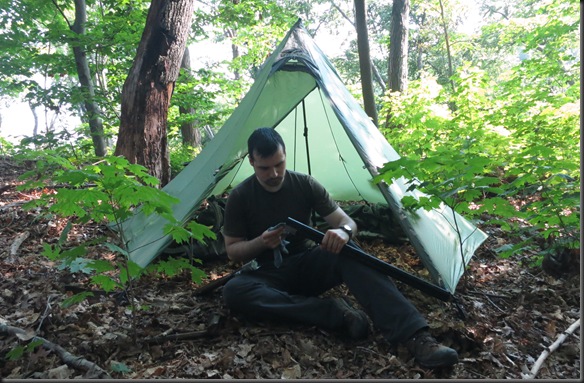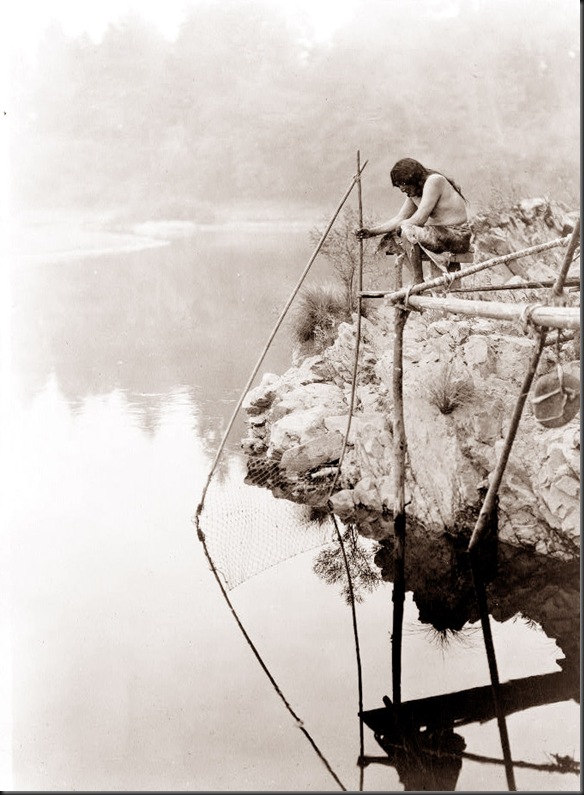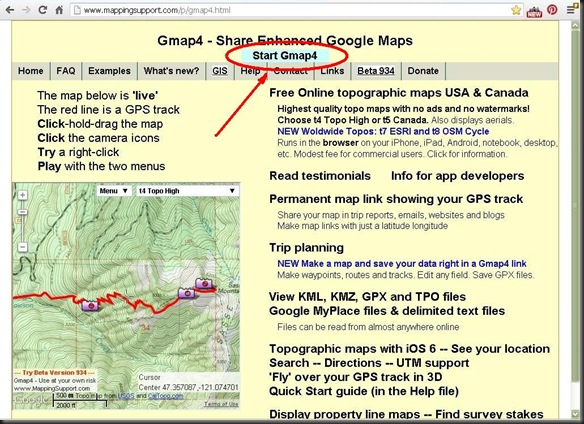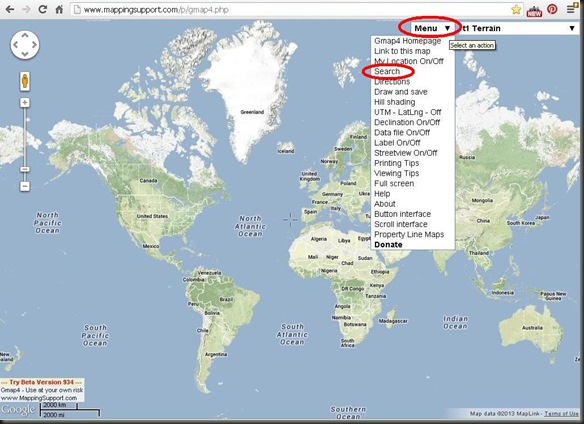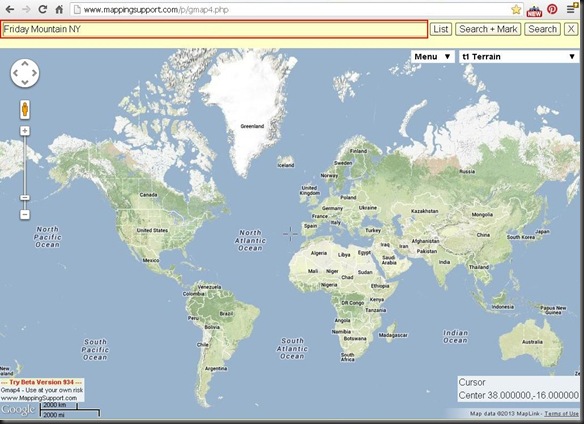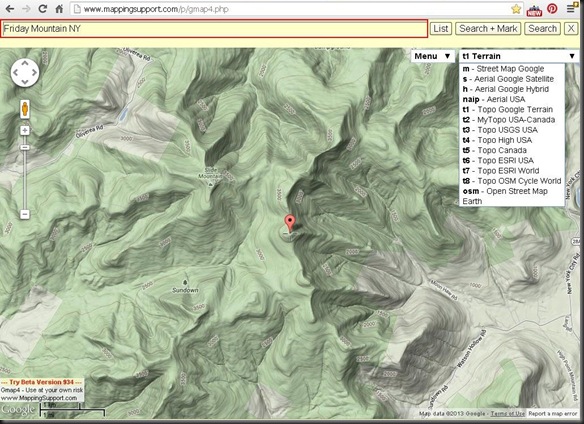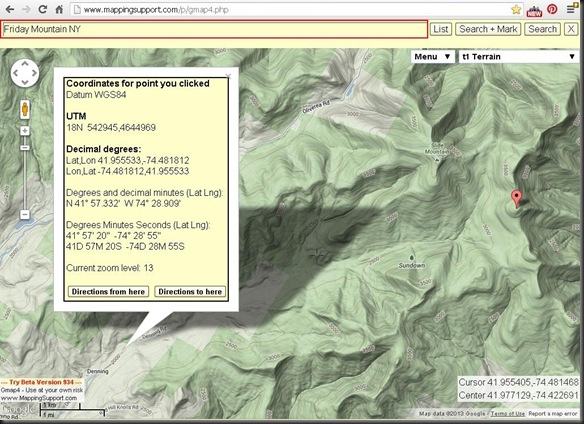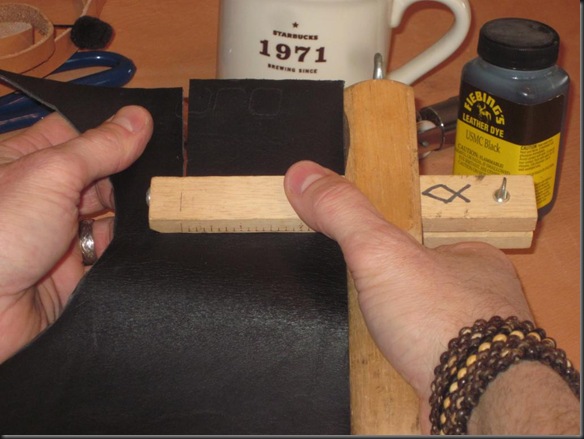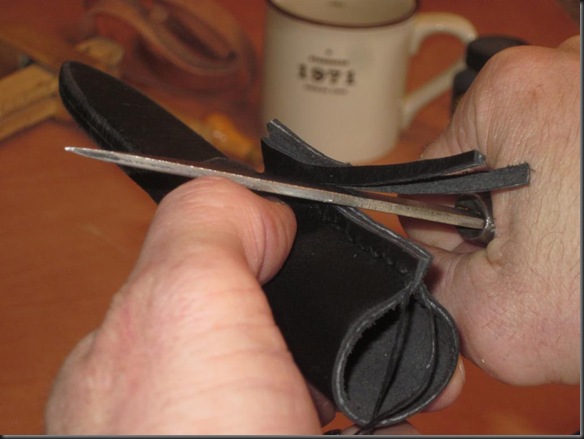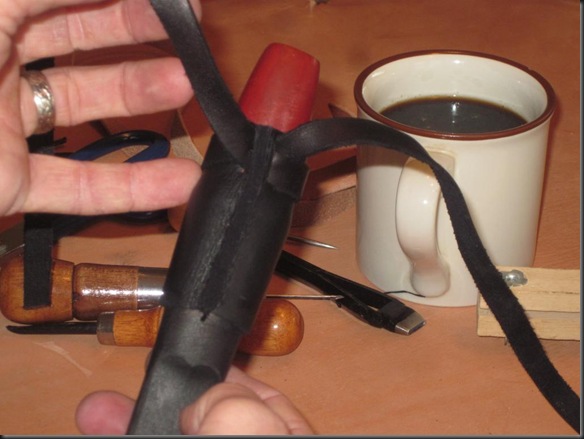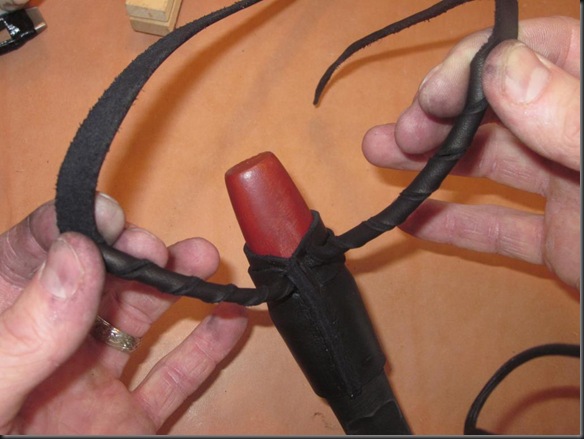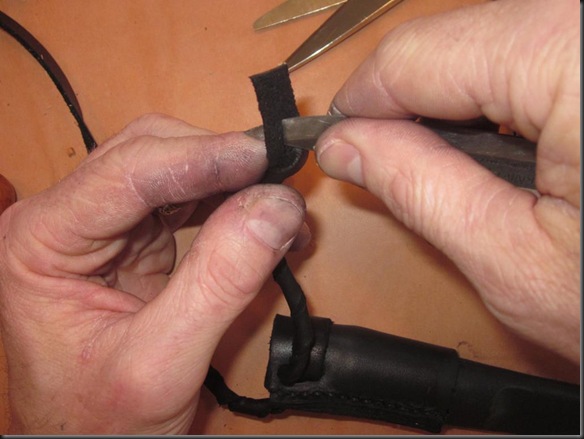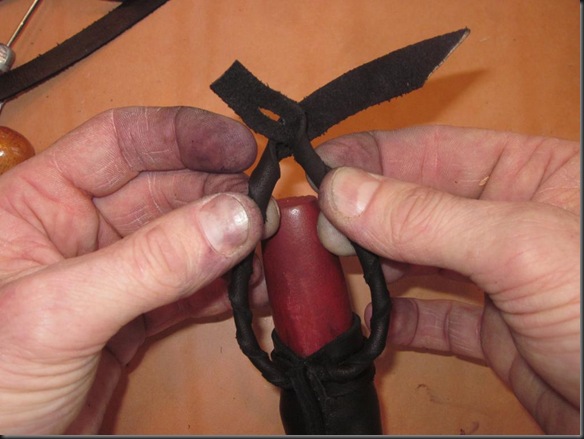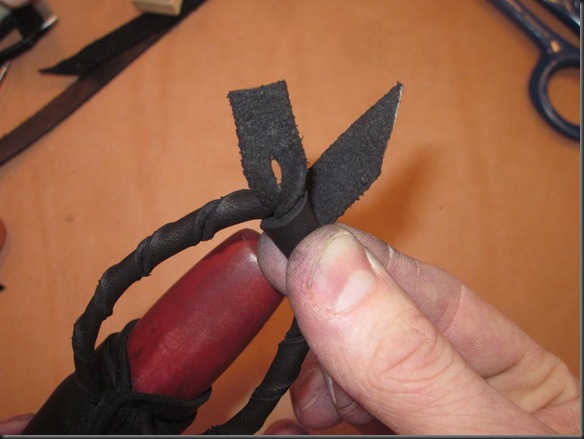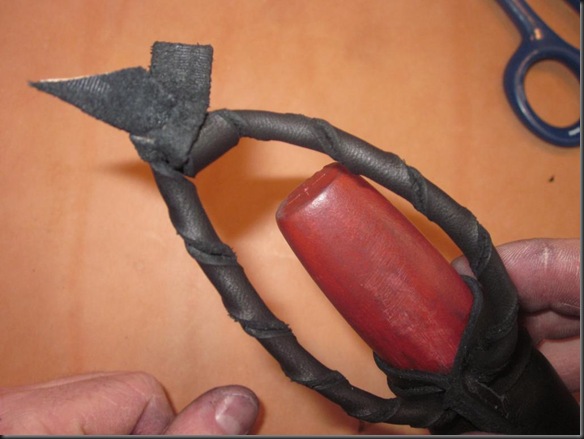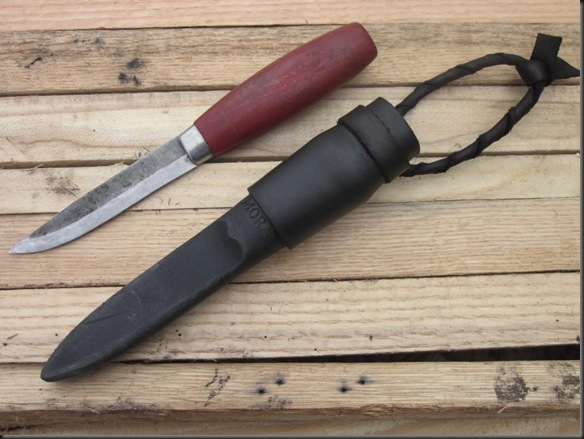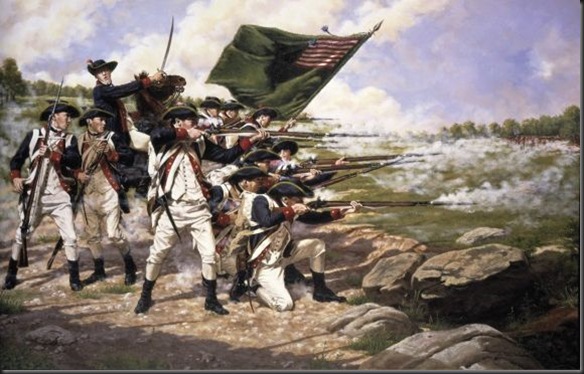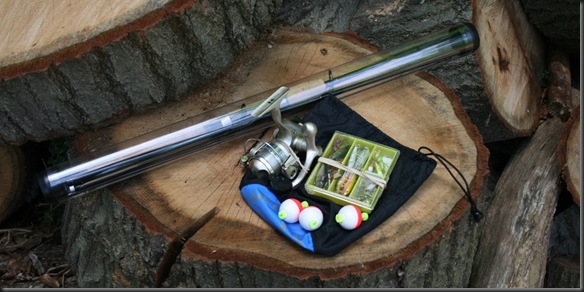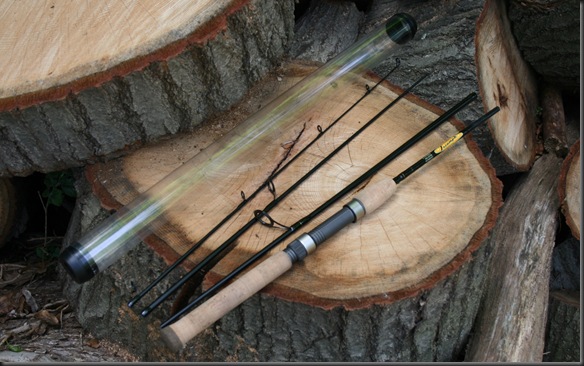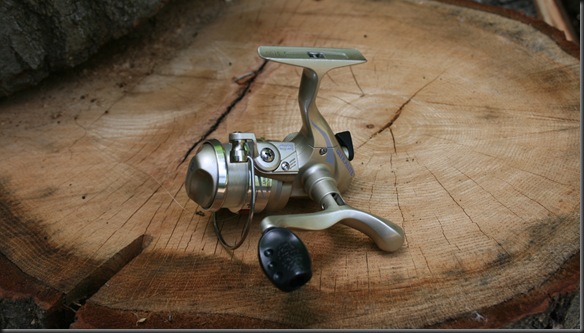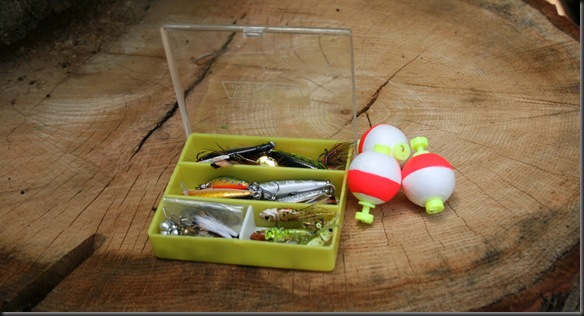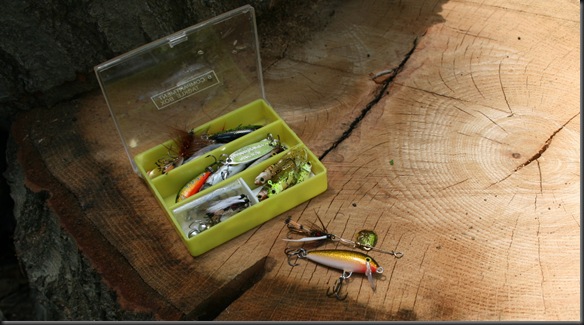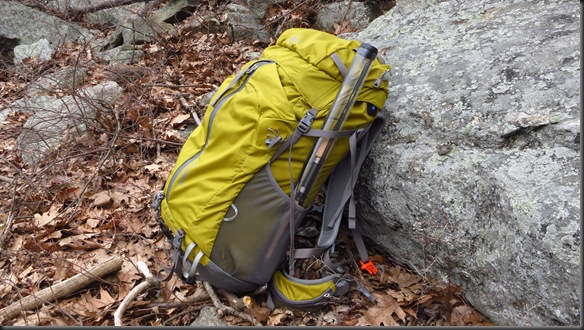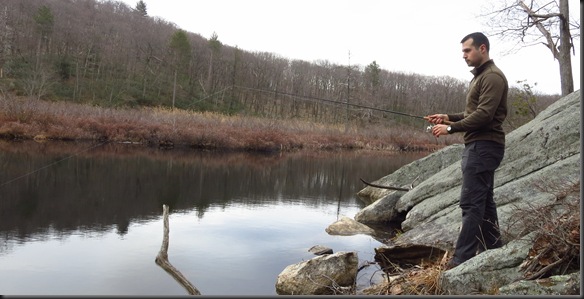Last month I wrote a post about a concept I called The Modern Woodsman. You can read it in full here. Before I get into the current topic it might be worth giving a recap of the concept itself.
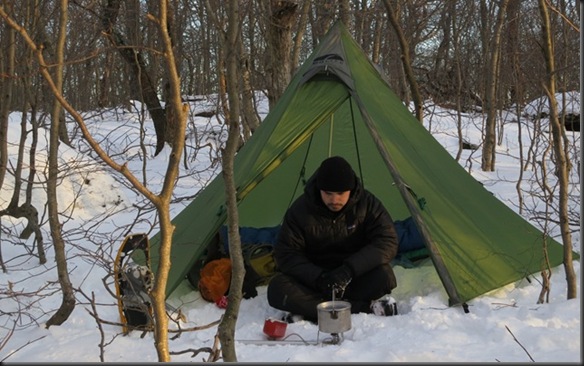
The Modern Woodsman: an individual who is able to undertake long term, long distance trips, deep into the wilderness, only with supplies one could carry and what could be gathered from the surrounding environment. The equipment and skills used are guided by their actual practicality and are not restricted by any historical period limitations or aesthetic factors. The trips undertaken occur in the present, within the context of our current society, laws, and regulations.
The Modern Woodsman is able to navigate through the bush; he can travel over varied and difficult terrain and during any season and weather; he can properly plan the supplies needed for an excursion of a particular duration, both in terms of the resources that must be brought and what can realistically be obtained from the environment through which the travel will occur. Most importantly, he is not limited to the technology or skill of any particular time period. He uses technology, skills and equipment based on efficiency and practicality. He applies modern hunting techniques, modern understanding of nutrition, and modern climbing, mountaineering, and packrafting techniques. His equipment includes tools that are best suited for the task without consideration for nostalgia and sentimentality. The gear is centered around portability, so that it can be transported over long distances and difficult terrain. The skills he implements are designed for efficiency, not showmanship, and while his equipment is modern, it is designed to function over extended periods of time. His expeditions are not theoretical in nature, but occur in the present, within the guidelines and laws of our modern society.
With the above summary of The Modern Woodsman in mind, some questions have been asked about what technology is acceptable to use within this concept, and what technology should be excluded. Honestly, your approach is as good as any, since I am making up the concept myself. However, if you are interested in my thoughts on the subject, I’ll share them with you.
The simple answer is that the only limitation on technology is the rules and regulations of the jurisdiction within which the trip or expedition is taking place. That would eliminate most of the absurd examples, such as using dynamite to clear out a path through the forest, or fishing with grenades. All other technology is fair game for The Modern Woodsman. Technology of any kind and from any time period can be used to achieve the goal of the expedition.
Of course, the answer is more complex than that. While not limited by the concept itself, a large amount of technology will be excluded from use due to practical considerations. Remember, part of the definition of The Modern Woodsman is that he or she can undertake long term, long distance trips, deep into the wilderness, only with supplies one could carry and what could be gathered from the surrounding environment. The technology used has to function within that framework in a practical manner. The technology utilized has to be justifiable in terms of practicality when it comes to reliability, weight, and the benefit it offers over simpler technology.
For example, why not use a chainsaw instead of an axe? Well, in most circumstances, the chainsaw would be impractical. It offers a significant advantage in terms of performance, but the combined weight of the chainsaw and fuel drastically limits its portability. On a trip that requires carrying the equipment on one’s back for 20 miles into the woods and then 20 miles out, the limitations of the chainsaw become evident. Similarly, on a trip of long duration, the necessity of fuel provides a significant disadvantage when compared to a simpler tool such as a hand saw or an axe. For me, those limitations would make the chainsaw a piece of technology that has limited uses for The Modern Woodsman.
Another, more relevant example is GPS units. As you guys know, I use one to record my trips, but do not use it to navigate. A GPS unit offers wonderful advantages over more traditional navigation methods with map and compass, but it also has limitations which might render it impractical for certain types of trips. The main limitation is the reliability on a finite power source. A good GPS unit will last for about two days of careful use with a set of batteries. In cold weather that time decreases. So for a trip that will last a week or more, quite a few batteries have to be carried. So, as far as technology for The Modern Woodsman, such units, for me at least, fall in a category where they are useful technology that can be effectively utilized, but should be backed up by simpler methods and technology just because of their limitations.
A third example is modern stoves. I find them to be very beneficial to The Modern Woodsman. Under some circumstances, when traveling through woodland, their use is marginal, and their reliance on fuels that have to be carried, significantly limits their utility. Under different conditions however, when you have to cook food while it is raining, or have to melt snow for water when you are above tree line, a stove is an indispensable item and has a secure place within the gear of The Modern Woodsman.
It should also be noted that the practical utility of each type of technology will change with time, as the technology evolves and is perfected. It is quite possible that within 10 years there will be GPS units that can run for a month on a set of batteries, and portable chainsaws that can be strapped onto a backpack. Such innovations will change how we view the practicality of those pieces of technology and may make them more useful for The Modern Woodsman.
While at first glance this lack of limitation on the use of technology might appear strange, especially when compared to the more stylized outdoor pursuits such as bushcraft, traditional camping, etc, the practical limitations result in a very familiar outdoor experience. We can see it today in modern hunters, climbers, and backpackers, who utilize practical available technology to achiever their goals. The applicability of technology to The Modern Woodsman will always be measured on a scale, where planning and realistic evaluation of the conditions which will be encountered and the goals which must be achieved will guide the selection process.


